Reading Time: 3 mins, 38 secs.
Military dog adoption uniquely allows civilians to rehome military working dogs. Military working dogs are also known as, MWD. In brief, these dogs are especially unique as they’re retired from serving.
Notably retired from duty, military working dogs are now on a special mission, by all means, to find a forever home. To point out, before 2000, military war dogs were euthanized or given to an allied army. In 2000, President Clinton significantly signed a law approving military dog adoption.
| Military Working Dogs May Have: |
|
|
|
|
|
|
|
|
|
QUESTION: Do military working dogs have a set of skills?
ANSWER: Yes and as a result of the inability of performing those learned skills, consequently military dogs are no longer cut out for military lifestyles.
QUESTION: Do retired military working dogs still receive military benefits?
ANSWER: All in all, after a military dog is adopted, MWDs lose benefits. In other words, pet parents considering military dog adoption are responsible for any health issues.
QUESTION: Is military working dog adoption available through the U.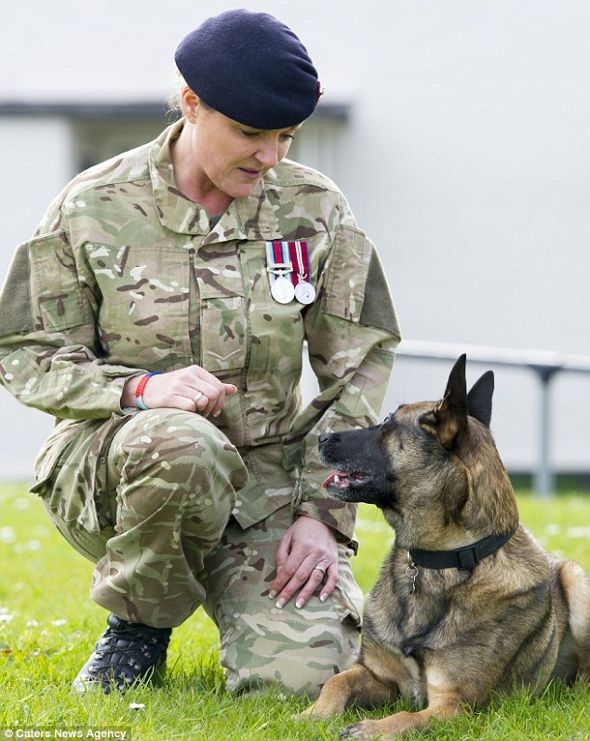 S. Air Force site?
S. Air Force site?
ANSWER: Considering military working dog adoption? In that case, speak to a US Air Force representative.
QUESTION: Does a military dog adoption entail rehabilitation of the canine?
ANSWER: In effect, many military dogs retire with Post Traumatic Stress Disorder. For this reason, they need a safe and neutral environment.
QUESTION: Don’t all military working dogs need homes upon retirement?
ANSWER: Surprisingly, 90% of MWDs end up with their handlers. After which, a few military working dogs are available for the most part available for adoption.
QUESTION: Should I expect retired military working dogs to be a particular breed and young?
ANSWER: Overall the available MWDs for working dog adoption are altogether between 10 and 12 years old.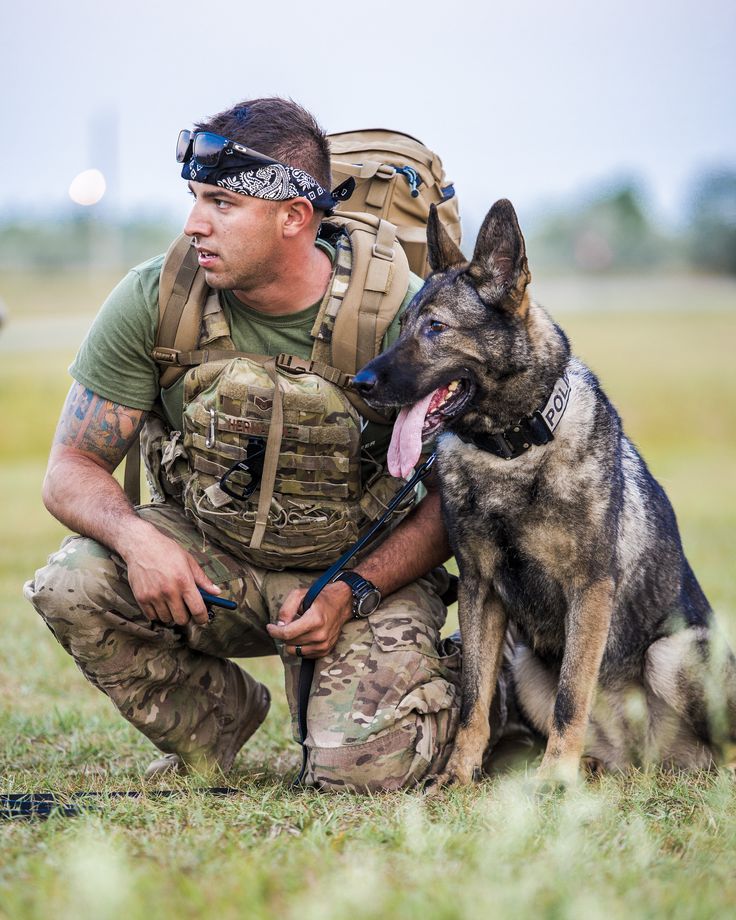 To be noted, German Shepards, Labrador Retrievers, and Belgian Malinois are popular.
To be noted, German Shepards, Labrador Retrievers, and Belgian Malinois are popular.
Military dog adoption is possible, although it is necessary to practice patience and specifically follow the rules.
1.) Check the Mission K9 Rescue website: for their availability of MWDs.
2.) Review the adoption forms and answer all of the questions appropriately.
3.) Meet Expectations: In brief, most MWD dogs aren’t for kids under five years old. Due to each facility’s requirements, to be noted, you must meet their standards. In specific, TSA requires a fenced yard, no intention to move within six months, adherence to ordinances, medical, and training.
4.) Visit a Facility: Given these points, make an appointment to visit a facility in the hope to interact with a MWD.
5.) Rehome a MWD: Interested in adopting a military working dog and in particular, learning more about military dog adoption? Call the Lackland Air Force site.
6.) Pick up your MWD: For one thing, bring a crate and a leash for your MWD’s safe transit.
Items a pet parent may need for their MWD in the long run:
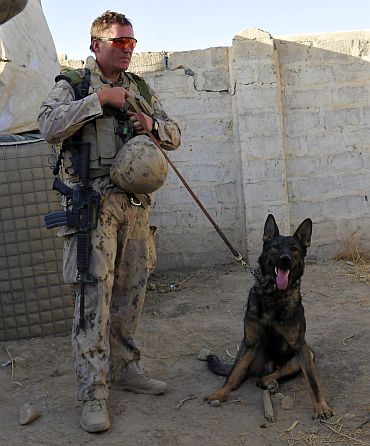
To sum up, these notable military and law enforcement sites are tremendous in spirit and service.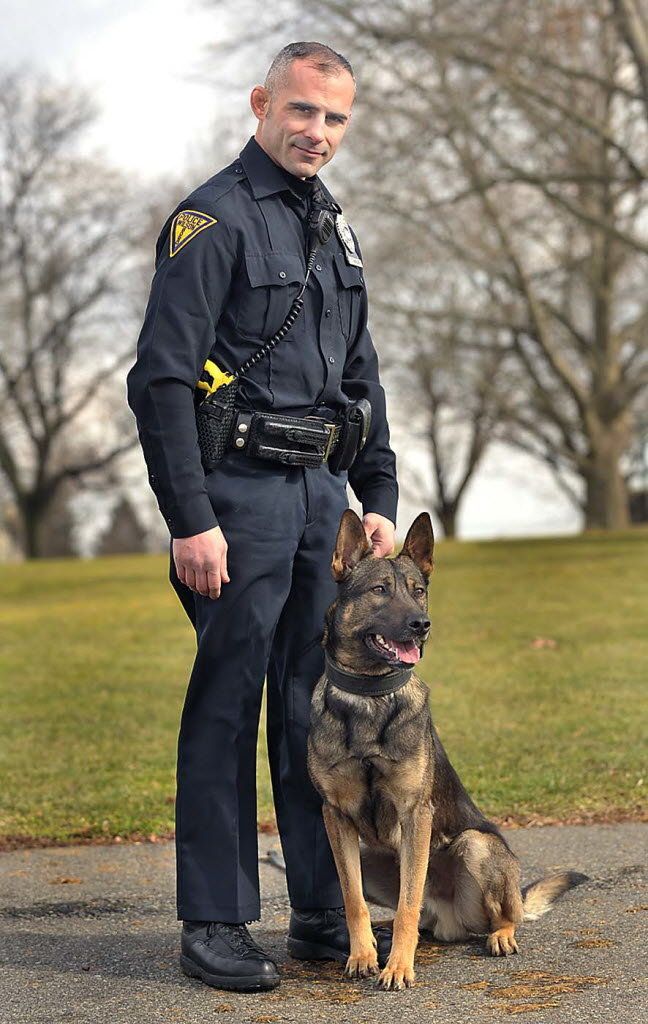 In sum, they provide civilians as well as Vets with retired service dogs adoptions.
In sum, they provide civilians as well as Vets with retired service dogs adoptions.
1.) Saveavet.org – In this case, Saveavet.org is an active military and law enforcement working dog rescue.
2.) VetsAdoptPets.org – In detail, Vetsadoptpets.org ultimately allows users the ability to specifically check out TSA adoption possibilities.
3.) Solidersbestfriend.org – On the whole, Soildersbestfriend.org is markedly pairing PTSD veterans along with retired military service dogs.
We don’t post photos of the dogs available. When we did, many would want to adopt a dog that was not a fit or match. Time was wasted, so now we review your application and will send you photos dogs available that are a match for your situation, if any.
If you want to adopt, please choose to support the work and expense required to keep bringing these dogs home.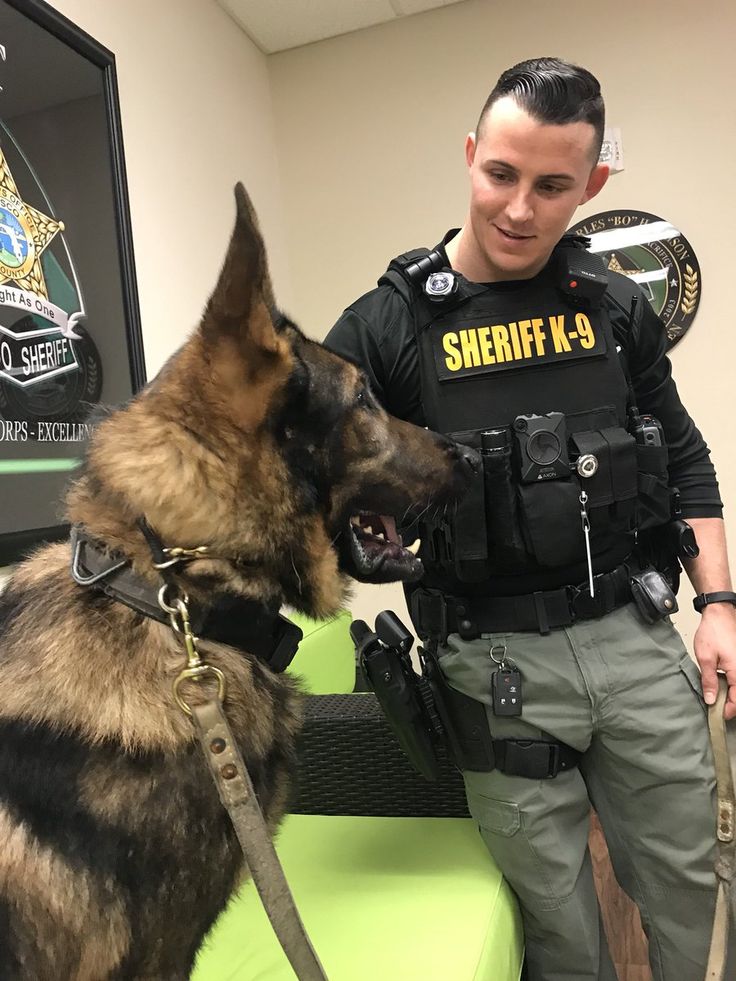
Read all the details regarding adoptions below this form before you begin. Please understand that if you have cats or multiple pets, that waiting times are long. We do receive working dogs that are compatible with cats, but they are few and far between. Some dogs are not friendly to other dogs, especially alpha dogs, and that also will cause longer waits.
We will review your info when submitted and reach out when/if we have a compatible fit for your household. 99% of adoption related questions are answered on this page. If you have read all the details below the form on this page and still have a question, contact us by email.
Our dogs are RETIRED. Their work is finished.
They cannot be certified as Service Dogs for any purpose and are not trained for that work.
Homes with children under 12 may experience longer waits as our dogs are higher drive and may pose a risk for smaller children.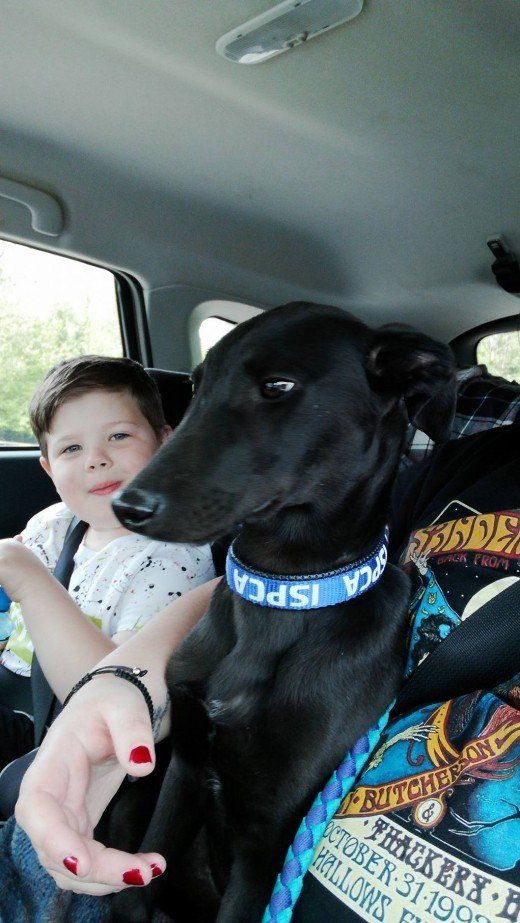
There can be a long waiting period if we do not have working dogs available at the time or if the dogs we have are not a fit for your particular home environment.
Some dogs are aggressive to other dogs, cats, etc.. all factors have to be considered before we place a dog.
We rescue Working Dogs as we become aware of them and place them afterwards.
The dogs we primarily have for placement are Contract Working Dogs. They do the same job as Military Working Dogs but are not owned by the Government.
There are times when we also re-home Military Working Dogs and Police K9’s, yet we have no way to know when a particular dog may become available.
IMPORTANT – Please understand that before you can adopt, assuming you meet the particular needs criteria for a dog, we check everything.
If you have other pets we will call your Vet to see if they receive regular care.
Your home must meet acceptable standards. Standards vary by the type of dog to be placed.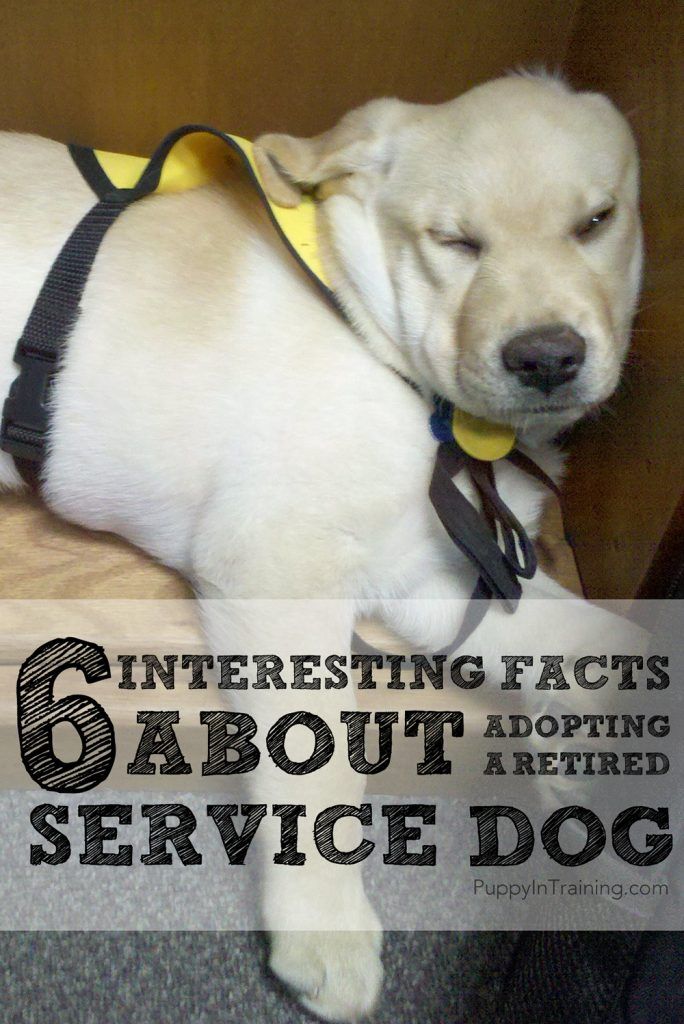
You have to be stable and have plenty of time to devote to a working dog.
They must be walked at least twice a day, plus playtime as well.
They cannot be left alone for long periods.
You must be able to afford the cost of transportation and care for the dog you want to adopt.
If you are unable to afford regular vet care for a retired working dog (average cost of about $600 per year NOT including emergencies) please do not apply.
Mission K9 Rescue acts an intermediary/rescue between entities with retiring Working Dogs and cannot guarantee the availability or suitability of any Working Dog for adoption.
There are many that want to adopt these heroes and not that many heroes to go around, so please understand that while we do our best to place as many Working Dogs as possible, we cannot guarantee that you will receive a retired working dog.
Mission K9 works to place a retiring Working Dog in the best home possible for that particular dog.
We cannot continue our work without the support of those that wish to adopt.
Donate – https://donate.missionk9rescue.org – Donate
Donate to Mission K9 Rescue via Paypal: https://paypal.me/missionk9rescue
If you prefer to mail a check, please use this address for donations by mail:
Mission K9 Rescue
P.O. Box 395
Needville, TX 77461-0395
EIN 46-4302698 501(c)3 Non-Profit Organization
Mission K9 Rescue has no relationship or connection to the United States Government.
Dogs are exceptional animals and their ability and desire to create deep bonds with people is extraordinary. Too often, however, dogs end up in shelters, unfortunate victims of circumstances beyond their control. By adopting, you are truly giving your dog an amazing gift - a second chance.
After adoption, it may take several weeks or months for you and your dog to fully adjust to your new life together and establish a relationship based on mutual understanding, trust and respect.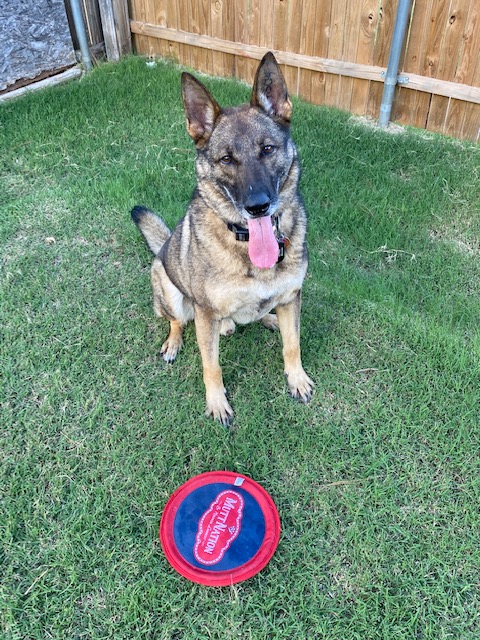 Be patient. Perhaps your dog came from one or more homes to the shelter, and then to you. Giving her consistent and gentle directions will help reduce stress and instill the ways you would like her to behave. Remember, there is a reason why you chose this dog or it chose you!
Be patient. Perhaps your dog came from one or more homes to the shelter, and then to you. Giving her consistent and gentle directions will help reduce stress and instill the ways you would like her to behave. Remember, there is a reason why you chose this dog or it chose you!
When you adopt, you make a commitment to care for an animal for the rest of your life - that can mean 10 to 15 years for dogs and up to 20 years for cats. When you go through lifestyle changes such as moving, having children and new jobs, your pet will remain a permanent part of your life. If circumstances change, will you still be able to take care of your pet?
If you have enough time to devote to your dog, the next question should be the type of dog that suits you. Consider how much exercise you can offer your new dog, and whether you need a dog that is comfortable around other pets or small children. For example, if you live in a busy city with young children and other pets, adopting a Border Collie who has ever lived outside on a farm might be a very bad idea!
Taking a little time to prepare for your dog's arrival can help her settle in as soon as possible and also make life a lot easier for you.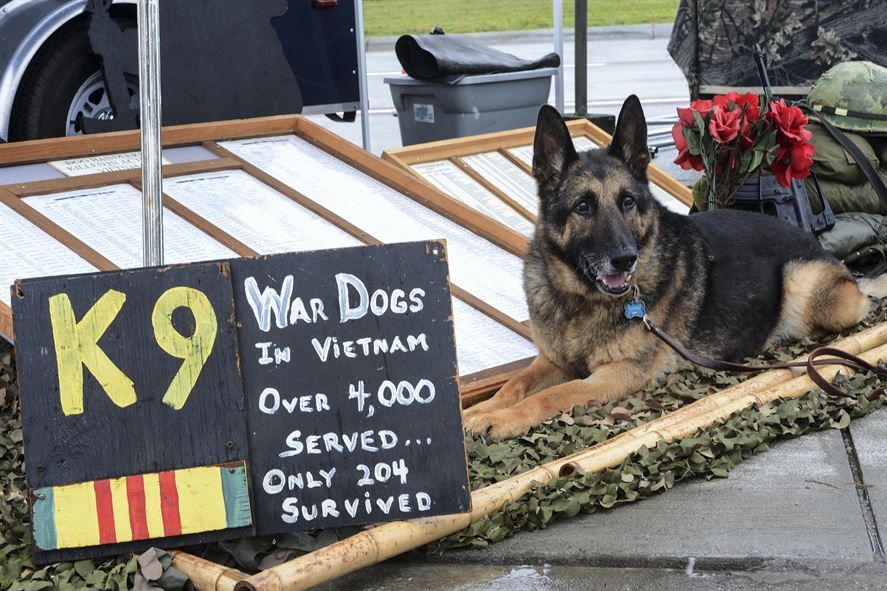 Inevitably, you and your new pet will be nervous when you get home on the first day, so make your life easier with some planning.
Inevitably, you and your new pet will be nervous when you get home on the first day, so make your life easier with some planning.
The shelter should be able to advise you on what kind of food your new dog should eat, and we advise you to stick to this for at least a week or two to avoid stomach upset. Treats are also a good idea, as they are invaluable as a reward for teaching dogs new behaviors. Don't overdo it, though, as dogs are easy to overfeed. Decide where he will eat and stick to it. The place where you feed him should be quiet and safe - without distracting the attention of other pets or children.
In addition to food and drink, your dog also needs a safe space to call his own. This is the place where she will sleep or if she wants some rest.
Finally, before bringing home a new dog, be sure to talk about his arrival with all members of your family. It is important to explain, especially to children, that the dog will be very nervous when he arrives in a new home and will need a lot of time and space to settle down.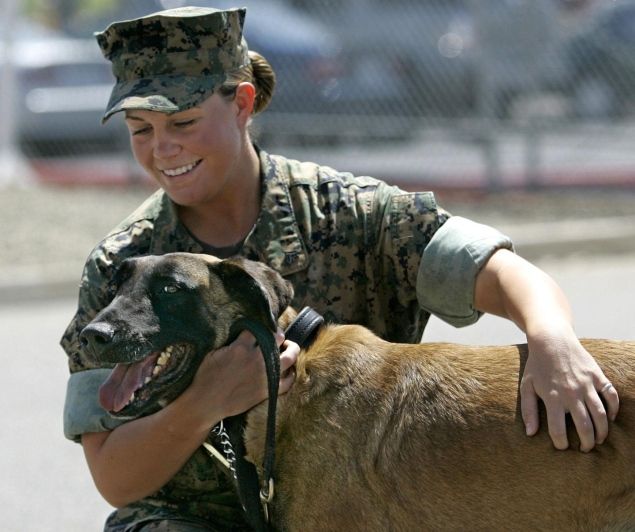 A house full of overactive kids or visitors can be amazing for a dog.
A house full of overactive kids or visitors can be amazing for a dog.
We hope you've already spent some time with your new dog, as most shelters will ask you to visit them several times before releasing the dog into your care. Usually you will also be asked to take the dog on a few walks, get to know him and be 100% sure that you are a match for each other. Even with this careful planning, your new dog may still be intimidated by the transfer process.
When you get home, take your dog out of the car, put him on a leash, and let him take a short walk in the garden, go to the bathroom and get oriented. Then bring her home and show her bed and bowls for food and water.
Make sure your dog understands where his safe area is so he can go there when he needs to.
Feed light meals only on the first evening while your dog is settled. Don't try to fuss too much with your dog, but just let him relax while you sit quietly or go through your daily routine.
When it comes time to introduce children and other pets, it's important to be gentle so as not to disturb the new dog. Explain to your children that they should sit quietly on the couch and wait for the dog to come to them. Tell them to sit quietly without shouting or making sudden movements. This will allow the dog to approach cautiously and appreciate these new and interesting creatures on their own terms.
With other dogs it may be a good idea to have the first encounter outdoors, ideally take them out for a walk where each animal has more space to feel safe. Let the dogs introduce themselves, but keep a close eye on them in case you need to intervene. When introducing a new dog to your cat, it may be a good idea to keep the dog on a leash, even if it is sitting in the living room. This way, the cat can walk up to the dog and introduce himself at his own time, while you retain complete control over the dog.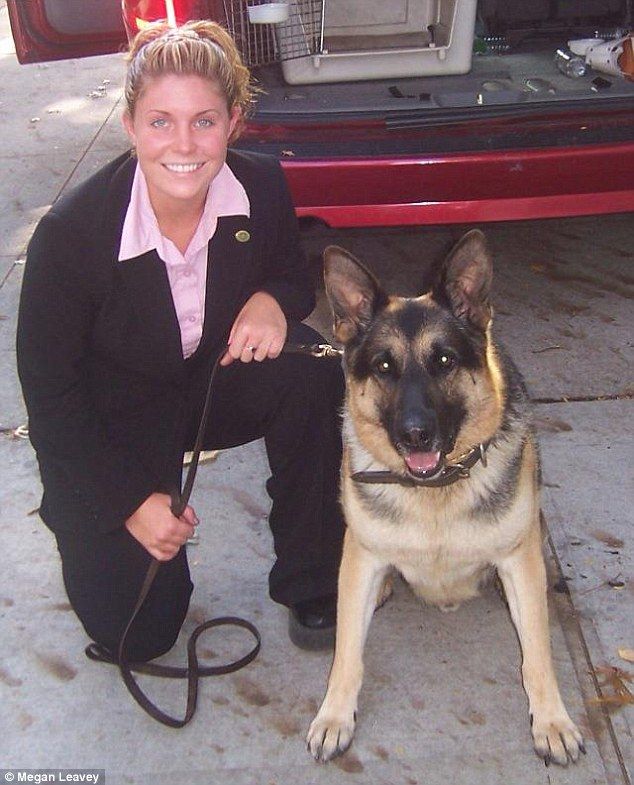 Always make sure the cat has a safe space to run to if the introduction doesn't go perfectly.
Always make sure the cat has a safe space to run to if the introduction doesn't go perfectly.
It may be tempting to try to speed up the bonding process with your dog by constantly petting or even lifting it up. For a dog, this can be very frightening. It's much better to take things slowly and let the dog come to you - just by spending time in the same room together, sitting quietly and talking sweetly, the dog will soon learn that there is nothing to be afraid of.
Once you have overcome the first obstacles, when the dog is confident in your presence, you will be able to work on building this special relationship through various methods. It is important that your dog perceives you as a treat provider, so play freely and enthusiastically with him. However, be sure to let your dog know that you are in control of when and how play time goes, this is important for training a well behaved dog. Other things that can help build confidence include regular grooming and walking.
There will inevitably be a few "accidents" when introducing a new dog into your home, but there are ways to make sure they are minimal. Try to get your dog outside regularly to go to the bathroom, especially before bed. Tune in when the dog tries to tell you that he needs to go outside - he may whine or, for example, sit by the door. An aviary can help with home workouts too, as dogs don't like to mess up their sleeping area, so she will learn to walk quickly before bed and increase her control, allowing it to last until the morning.
If you have an accident, avoid cleaning products that contain ammonia as they may actually encourage your dog to pee in that area again.
Dogs are creatures with habits and they like to keep a routine. By providing consistency, you will help him understand what his new life entails, and he will grow into a relaxed dog. Try to walk your dog at the same time each day and feed regularly.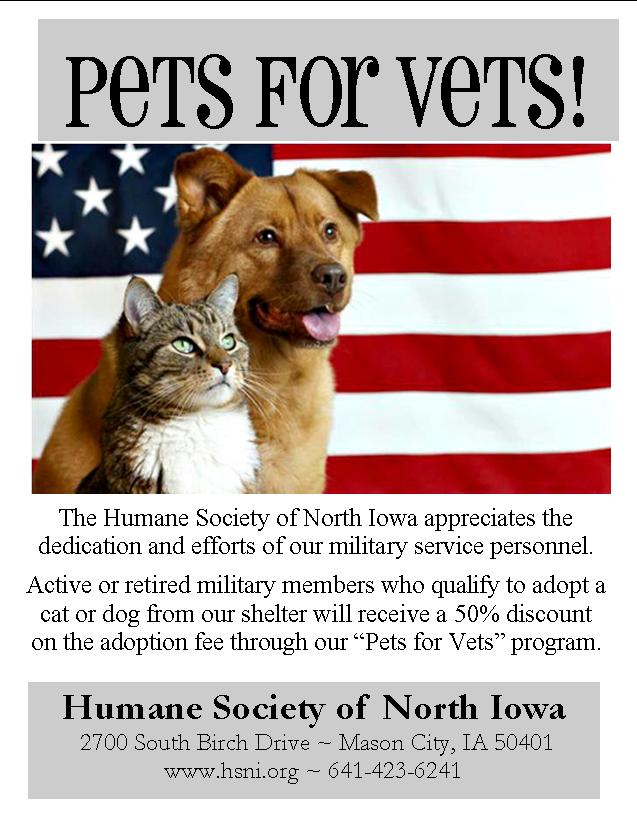 Do not move the dog's bed, as he needs to be sure where this safe space is.
Do not move the dog's bed, as he needs to be sure where this safe space is.
However, by allowing bad habits such as jumping, pulling the leash or using your mouth while playing, you could be doing more harm than good. This behavior soon becomes fixed and it is much more difficult to train bad behavior in a dog than it is to train good behavior.
Usually dogs learn things very quickly, so with patience and calm perseverance you should see the results of any training done in a short time.
It is very important to try to help your new friend get used to visiting the veterinary clinic. The veterinarian should be introduced as a friend and associated as much as possible with positive experiences - not just during illness. With that in mind, ask your doctor if they'd be ok with you coming in for a free checkup - just an opportunity for your dog to visit the clinic. Most caring veterinary clinics are happy to do anything as they know how important it is for dogs to feel comfortable coming to the vets - especially shelter dogs who may have had previous bad experiences.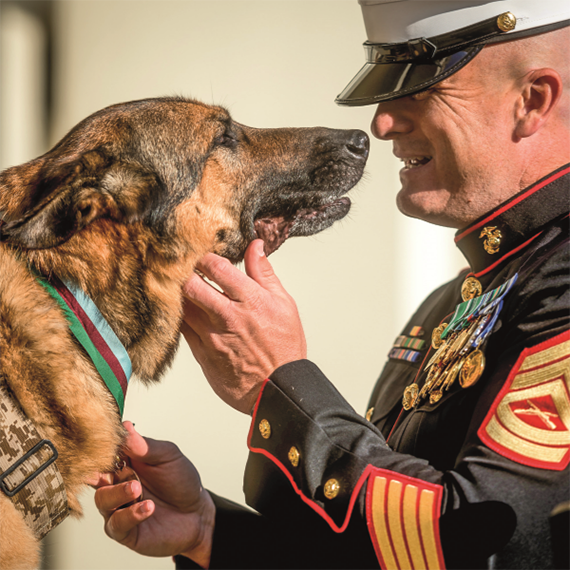
Adopted dogs usually form instant deep bonds with their new owners, and the beginning of a separation can be emotional for both of you. Help give your dog the confidence to be home alone by incorporating the following confidence-building tips into your day. Start using these tips as soon as you bring her home.
• Leave the house frequently for short periods, leaving the door, closing it, and then returning. Once your dog enjoys short periods of absence, randomly include a few long departures.
• Ignore your dog during exits and arrivals.
• Practice mini exits inside by closing the door when showering, going to the toilet, etc.
• Turn on the TV or radio 30 minutes before departure (or at least 15 minutes before you start getting ready) to help your dog calm down when he is alone. Note. If you turn on the TV or radio shortly before you leave, this can signal to your dog that you are coming and increase his anxiety.
• Studies have shown that classical music calms dogs, so consider changing your radio station.
• Try to stay relaxed.
• Give your dog a safe chew toy stuffed with treats before leaving the house.
• A dog that suffers from severe separation anxiety may destroy property, bark constantly, scratch around doors or windows, or be injured in a frenzied panic. Talk to a dog handler or veterinarian to find out how to make your dog more comfortable when he's home alone.
Think about what your dog finds helpful and use it to encourage your dog to repeat the behavior you like! The reward can be a treat, walks, dinner, praise, playing with a favorite toy, meeting another dog, smelling grass, rubbing the stomach, throwing a ball, and the like. By receiving a reward, he will be motivated to continue doing what you like!
Dogs develop habits (good and bad) quickly.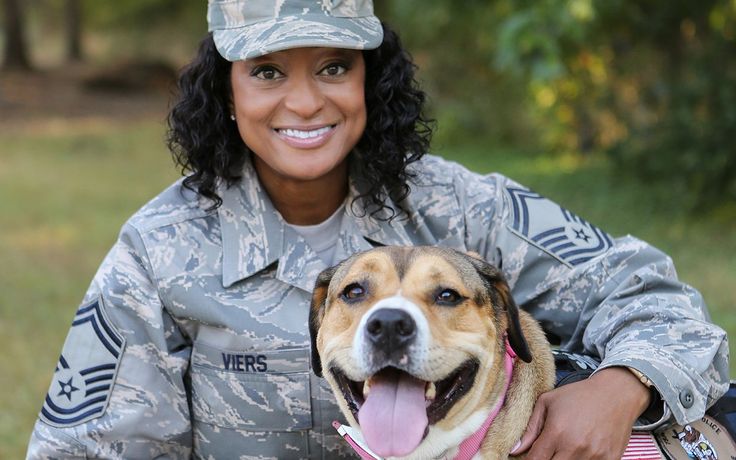 Any time your dog has the opportunity to repeat an unwanted behavior, such as jumping on guests, you make it more likely to repeat it. Your job is to figure out what's causing the behavior, anticipate it, and prevent it from happening again. For example, before you open the door, make it impossible for your dog not to jump the guests by putting it in the box.
Any time your dog has the opportunity to repeat an unwanted behavior, such as jumping on guests, you make it more likely to repeat it. Your job is to figure out what's causing the behavior, anticipate it, and prevent it from happening again. For example, before you open the door, make it impossible for your dog not to jump the guests by putting it in the box.
When introducing a new dog to your pets, keep an eye on them and give them time to accept each other - friendship can take weeks or months.
It is also important to teach your children - and the dog - to behave properly together. Babies and young children require adult supervision around any dog, even your own.
Also teach your children not to:
• Touch a dog that is eating, sleeping, or caring for puppies.
• Approach the dog's food, toys or bowls.
• teasing, chasing or yelling at a dog.
• It is rude to play with dogs or grab them by the ears and tails.